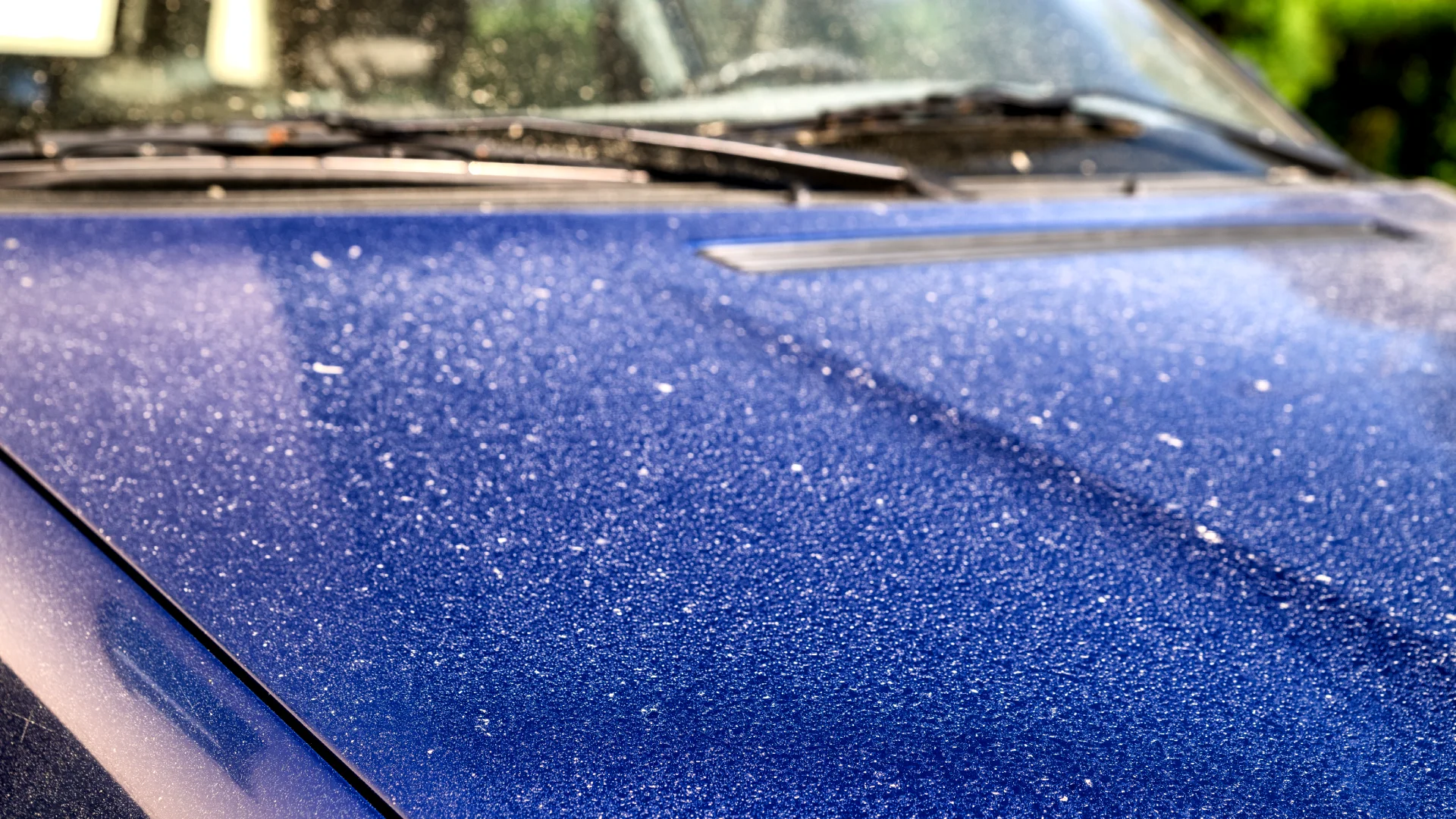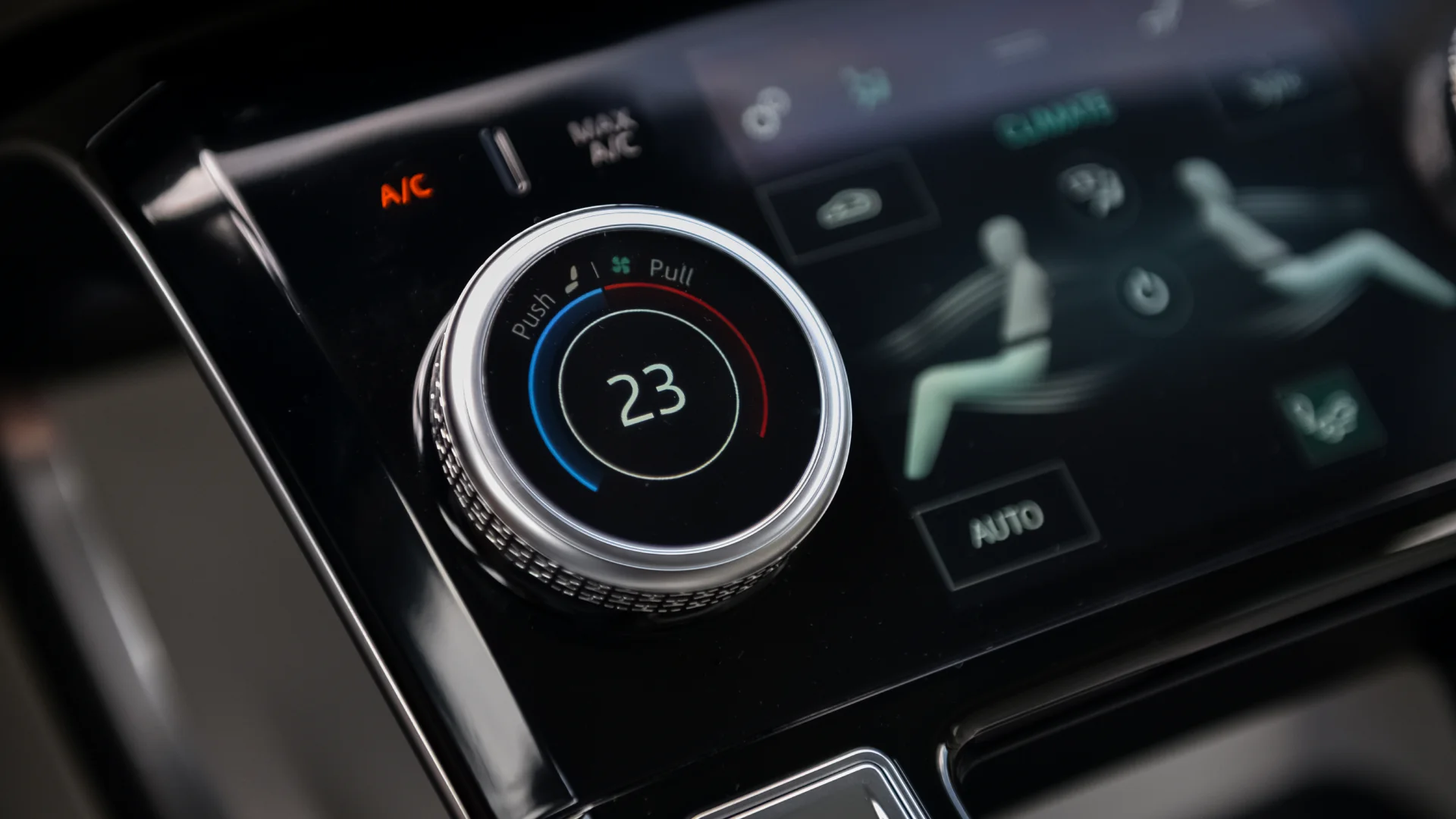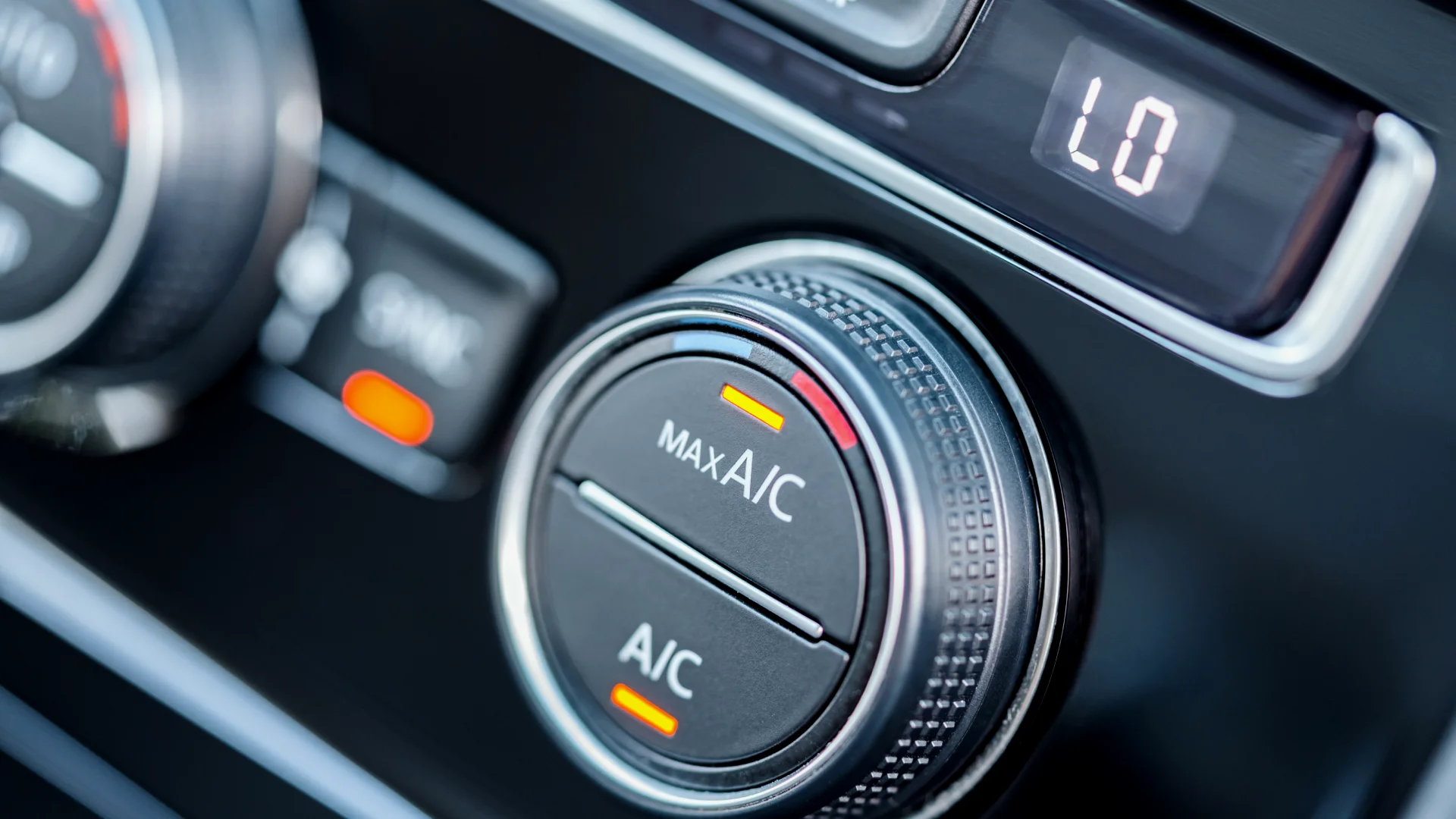The air conditioning (AC) system in a vehicle isn’t just a luxury on a hot day; it’s a critical component of your driving comfort and safety. Ensuring that the cabin remains at a pleasant temperature, the AC system plays a pivotal role in your overall driving experience.
However, when the serene hum of the engine and the quiet whoosh of the AC are interrupted by unexpected noises, it can become a source of annoyance and concern.
These noises, ranging from rattles and buzzes to whistles, are not just disturbances; they’re cries for attention from your vehicle, signalling potential issues that may require immediate action.
Understanding the origins and reasons behind these AC noises is essential for any car owner. Not only can these sounds diminish your driving pleasure, but they can also indicate underlying issues that, if left unaddressed, may lead to more significant repairs down the line.
This guide aims to demystify the common noises emanating from vehicle AC systems, exploring their causes and providing practical solutions. By fostering a deeper understanding of your vehicle’s AC system, you can ensure that your drives remain as comfortable and noise-free as possible.
Understanding AC Noise in Vehicles
AC noise within vehicles can manifest in several ways, each with its unique characteristics and implications. Rattling noises often suggest loose components within the system, while buzzing could indicate problems with the refrigerant. Whistling sounds may be due to obstructed fans, and a failing compressor can contribute to a loud noise that’s hard to ignore.
Understanding these noises involves grasping the basics of how a vehicle’s AC system operates. At its core, the system comprises a compressor, condenser, evaporator, and expansion valve, working together to cool the air before it enters the cabin.
Noise can arise from any of these components if they are faulty or compromised, making it crucial to identify the specific source for effective resolution.
The intricacies of vehicle AC systems are vast, but the principle behind them is straightforward. By compressing refrigerant and allowing it to expand, the system absorbs cabin heat and expels it outside, cooling the air before it’s circulated back into the vehicle.
However, this process involves numerous moving parts and fluids, any of which can become a source of noise if not properly maintained. Loose belts, for example, can produce a distinct squealing sound, while debris trapped in the system might cause a persistent whistling.
Recognising these sounds and understanding their origins is the first step towards addressing the discomfort they cause, ensuring the smooth operation of your vehicle’s AC system.
Common Causes of AC Noise
Loose components within the AC system are a prevalent cause of rattling noises. Over time, vibrations from driving can loosen bolts and fasteners, allowing parts to move freely and collide with each other or the vehicle’s frame.
This issue, while seemingly minor, can lead to more significant damage if not promptly addressed. Similarly, the refrigerant, vital for the cooling process, can cause buzzing noises when levels are low or if there’s a leak in the system.
The pressurised gas needs to maintain a specific level for efficient operation, and any deviation can lead to noise, reduced cooling efficiency, and potential system damage.
The AC compressor, often referred to as the heart of the system, is another common culprit for noise. A failing compressor may produce loud, grinding noises due to internal wear or damage, signalling the need for urgent attention.
Additionally, the fans that move air over the condenser and through the cabin can become obstructed by debris, leading to buzzing or whistling sounds. This not only affects noise levels but can also impede the system’s ability to cool effectively.
Worn-out belts, crucial for connecting the compressor to the engine’s power, can slip or fray, resulting in a high-pitched squealing noise. Regular inspection and maintenance of these components are essential for preventing AC noise and ensuring the system’s longevity.
Diagnosing AC Noise
Diagnosing the source of AC noise in your vehicle requires a systematic approach. Start by identifying the type of noise and when it occurs. Is it a constant buzzing or a sporadic rattling? Does it happen only when the AC is on, or is it present at all times?
Answering these questions can help pinpoint the issue more effectively. For instance, noise that only occurs when the AC is active suggests a problem within the system itself, whereas constant noise, regardless of the AC’s operation, might indicate an issue unrelated to the AC system.
Conducting a visual inspection can also reveal loose or damaged components, providing further clues to the noise’s origin.
However, some AC system issues are complex and require professional diagnosis. Modern vehicles are equipped with intricate AC systems that can be difficult to troubleshoot without the proper tools and expertise.
Mechanics can use specialised equipment to measure refrigerant levels, test compressor efficiency, and check for leaks using dye tests. If you’re experiencing persistent AC noise, consulting a professional is often the best course of action.
They can provide a comprehensive diagnosis, ensuring that the root cause is identified and addressed, preventing further damage and restoring the comfort and tranquillity of your driving experience.
Solutions to AC Noise Problems
Addressing AC noise effectively often involves a combination of DIY fixes and professional repairs. Tightening loose parts can be a simple yet effective solution for rattling noises. Regularly checking and securing bolts, screws, and other fasteners can prevent parts from becoming loose and creating noise.
For issues with refrigerant, such as leaks or low levels, professional intervention is usually required. Mechanics can recharge the system with the correct amount of refrigerant and repair any leaks, ensuring the system operates efficiently and quietly.
When it comes to a faulty compressor, replacement is often the only viable solution. A professional mechanic can assess the condition of the compressor and recommend a replacement if necessary. This ensures that your AC system remains effective and noise-free.
Cleaning fans and vents is another straightforward solution that can have a significant impact. Removing leaves, twigs, and other debris from these components can eliminate whistling and buzzing noises, improving airflow and cooling performance.
Lastly, replacing worn belts is critical for preventing squealing noises. These belts are essential for the operation of the compressor, and when they become worn or damaged, they can slip, causing noise and reducing the efficiency of the AC system.
Preventative Maintenance for Vehicle AC Systems
Preventative maintenance is key to avoiding AC noise and ensuring the longevity of your vehicle’s AC system. Regular checks and servicing by a professional can identify potential issues before they escalate into serious problems.
This includes inspecting hoses and connections for leaks, checking refrigerant levels, and ensuring the compressor and other components are in good working order.
Routine cleaning of the AC system’s filters and vents can also prevent debris from causing blockages and noise, maintaining optimal airflow and cooling efficiency.
Moreover, adhering to a regular maintenance schedule can extend the life of your AC system and prevent unexpected breakdowns.
This not only saves you time and money in the long run but also ensures that your driving experience remains comfortable and enjoyable, free from the distraction of unwanted noise.
By taking proactive steps to maintain your vehicle’s AC system, you can enjoy the benefits of a quiet, efficient cooling system that enhances your driving comfort and protects your vehicle’s value.
Conclusion
AC noise in vehicles is more than just a nuisance; it’s a signal that something may be amiss with your vehicle’s cooling system. Ignoring these noises can lead to more significant issues, affecting not only your comfort but also the performance and efficiency of your AC system.
However, by understanding the common causes of these noises and knowing how to address them, you can take proactive steps to maintain a quiet, comfortable driving environment.
Whether through simple DIY fixes or professional repairs, addressing AC noise promptly ensures your vehicle remains a pleasant and safe space for all your journeys.
The importance of regular maintenance cannot be overstated when it comes to preventing AC noise and other related issues.
By keeping up with routine checks and servicing, you can ensure that your AC system operates smoothly and quietly, enhancing your driving experience and preserving the condition of your vehicle.
Remember, a quiet AC system is not just about comfort; it’s about ensuring your vehicle operates efficiently and reliably, keeping you cool and comfortable on the road no matter the weather.







